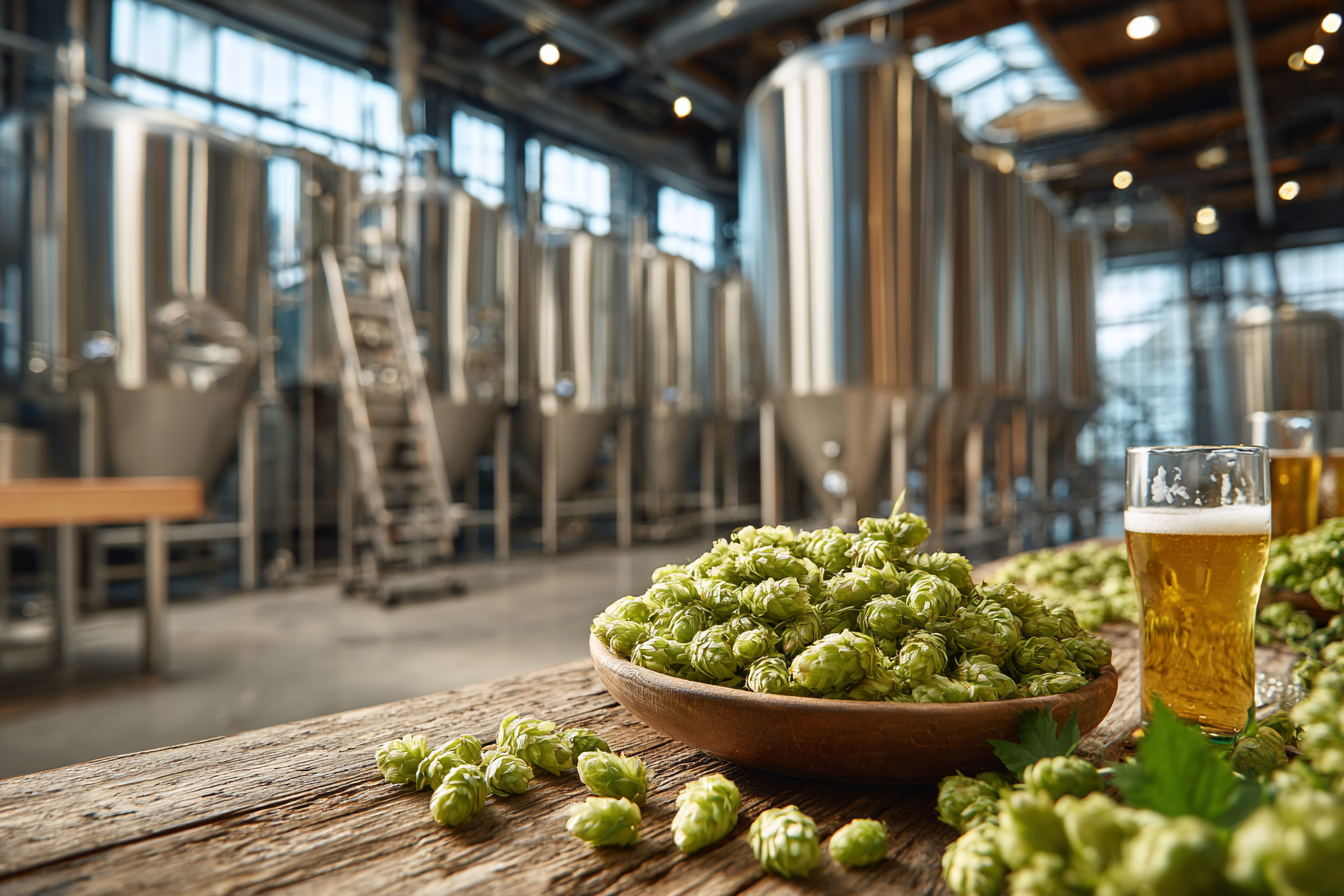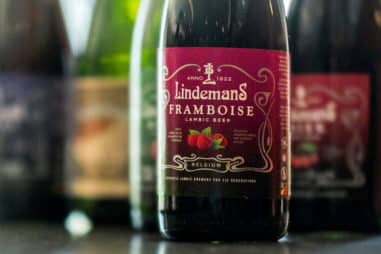If you’ve ever savored a Sour IPA and wondered how brewers manage to strike the perfect balance between that vibrant sour tang and bold hop bitterness, you’re in for a treat. The Sour IPA brewing process is a fascinating journey that combines traditional brewing artistry with wild fermentation science. From selecting unique wild yeasts and bacteria to carefully timing hops additions, crafting a sour IPA requires both precision and creativity. Let’s dive deep into how this intriguing style comes to life and how you can craft your own unforgettable tart and hoppy beer.
Introduction to Sour IPA Brewing
Sour IPAs are an exciting fusion of two beloved beer styles: the tart, funky world of sour ales and the bright, aromatic hop-forward profile of India Pale Ales (IPAs). This style pushes the boundaries of traditional brewing by marrying intense hoppiness with a puckering sourness that can range from mildly tart to sharply acidic. Achieving this balance is both an art and a science, involving specialized ingredients, unique fermentation techniques, and a bit of patience.
Unlike standard IPAs that rely solely on clean yeast strains, sour IPAs often incorporate wild yeasts and bacteria that introduce lactic acid and other funky flavors. At the same time, the hopping strategy must be thoughtfully planned to preserve hop character without overwhelming the delicate sour qualities. As you explore the sour IPA brewing process, you’ll find that it’s all about achieving harmony between tartness and hoppiness.
Key Ingredients: Hops, Malt, Wild Yeasts, and Bacteria
Every great sour IPA starts with the right ingredients. Let’s break down the key players that bring this multifaceted beer style to life.
Hops
Hops are fundamental to the IPA character, providing bitterness, aroma, and flavor. When brewing sour IPAs, brewers often select hop varieties with intense citrus, tropical, pine, or floral notes that can hold their own against the beer’s tartness. Popular choices include Citra, Mosaic, Amarillo, Simcoe, and Galaxy. These hops contribute not only bitterness but also complex aromatics that complement the sour character.
Malt
The malt backbone in sour IPAs generally remains lighter compared to other IPA substyles. Brewers typically opt for pale malt varieties and often add a touch of wheat or oats to enhance body and mouthfeel without introducing heavy sweetness. The goal is to allow the hops and acidity to shine, so a restrained malt profile is key.
Wild Yeasts and Bacteria
What really sets sour IPAs apart is the introduction of wild yeasts and bacteria that produce the sourness through fermentation. Some common microorganisms used include:
- Lactobacillus: Produces lactic acid, giving a clean, yogurt-like tartness.
- Pediococcus: Adds deeper sourness and complexity but can introduce some funkiness.
- Brettanomyces: A wild yeast that imparts funky, earthy, and sometimes fruity nuances.
Each organism contributes distinct sour and flavor profiles, and brewers often blend them for complexity. Selecting the right strains and managing their activity is crucial for a successful sour IPA.
The Role of Fermentation in Souring
Fermentation is where the magic of souring begins. Different from traditional clean fermentations, sour IPA fermentation involves a mixed culture of yeast and bacteria that work in stages to create the distinct tartness and funky flavors.
Many brewers start with a primary fermentation using a clean ale yeast to establish alcohol levels and build the base beer. After this initial phase, lactobacillus bacteria are introduced for a secondary souring fermentation, which can last several days to weeks depending on the desired acidity. The bacteria convert sugars into lactic acid, gradually lowering the pH and creating the refreshing sourness.
In some cases, brewers may choose a kettle sour method, where lactobacillus is added directly to the wort before boiling. This approach delivers a clean, controlled sourness in a shorter timeframe. Alternatively, mixed fermentation in barrels or tanks involving both bacteria and Brettanomyces results in more complex and layered flavors but takes longer.
Techniques for Achieving the Perfect Sourness
Reaching the right level of sourness is a balancing act that depends on technique, timing, and monitoring.
- Kettle Souring: In this widely used method, brewers pasteurize the wort, cool it to an ideal temperature for lactobacillus (typically around 95°F / 35°C), and allow the bacteria to produce lactic acid for 24-72 hours. Once the desired pH (usually between 3.4 and 3.6) is reached, the wort is boiled to kill the bacteria before proceeding with fermentation and hopping.
- Mixed Culture Fermentation: This traditional approach involves fermenting the beer with a blend of yeast and bacteria over weeks or months. The sourness develops gradually, yielding more nuanced and complex flavors but requiring careful environmental control and patience.
- Blending: Some brewers create various sour batches with different acidity levels and then blend to achieve a consistent final product with balanced sourness and hop character.
Whichever method you choose, regular pH testing and sensory evaluation are essential to control the sourness and prevent off-flavors.
Dry Hopping and Flavor Balancing
One of the critical challenges in brewing sour IPAs is integrating vibrant hop aroma while retaining the beer’s bright acidity. Dry hopping—the process of adding hops during or after fermentation without boiling—plays a pivotal role here.
Dry hopping introduces fruity, floral, and resinous aromas without significantly adding bitterness. In sour IPAs, brewers often dry hop late in the fermentation or during conditioning, sometimes multiple times, to maximize hop character. However, timing is critical because wild yeasts and bacteria can metabolize hop compounds, potentially reducing flavor intensity if hops are added too early.
Additionally, blending the sourness with bitterness ensures the beer is never overly sharp or astringent. Bitterness levels in sour IPAs tend to be moderate compared to classic IPAs, ranging from 40 to 60 IBUs, so the sourness and hoppiness complement rather than compete.
Common Challenges in Brewing Sour IPAs
Brewing sour IPAs is not without its hurdles. Some of the common challenges include:
- Contamination Risks: Introducing wild bacteria and yeasts can lead to contamination of equipment and unintended souring in other beers if sanitation is not rigorous.
- Balancing Flavors: Achieving harmony between sourness, hop bitterness, and malt character requires precise control to avoid overpowering any one element.
- Fermentation Timing: Mixed fermentations can take weeks or months, challenging production schedules and inventory management.
- Hop Stability: Sour beers, especially those with Brettanomyces, may lose hop aroma faster due to yeast metabolism.
Patience, meticulous sanitation, and close monitoring are crucial to overcoming these challenges.
Tips for Homebrewers and Professionals
Whether you’re a seasoned pro or a homebrewing enthusiast, these tips can help you successfully craft a sour IPA:
- Sanitize Thoroughly: Wild yeasts and bacteria can easily contaminate equipment. Dedicate specific gear for sour beers if possible.
- Start Small: Experiment with small batches when working with new strains or souring techniques to refine your process.
- Keep Detailed Records: Track temperatures, pH levels, hop additions, and fermentation times to replicate or adjust recipes.
- Use pH Meters: Regular pH checks are critical for controlling sourness, especially during kettle souring or mixed fermentations.
- Balance Your Recipe: Pay close attention to malt, hop varieties, and dryness to ensure the sourness has a complementary backbone.
- Be Patient: Some sour IPAs improve with additional conditioning time as flavors meld and mature.
- Blend if Needed: Don’t hesitate to blend batches to achieve the desired flavor balance and complexity.
With practice and careful attention, you can master the sour IPA brewing art and surprise your taste buds with a beautifully tart, aromatic, and balanced beer.
Creating Your Ideal Sour IPA
Crafting a perfect sour IPA is a rewarding adventure that opens up new dimensions of flavor and brewing technique. By carefully selecting hops, malt, and wild yeast strains, mastering fermentation and souring methods, and skillfully balancing dryness, bitterness, and tartness, brewers can produce a remarkable beer that excites the palate and delights with every sip.
Whether you prefer a bright and refreshing kettle-soured IPA or a complex, funk-forward mixed fermentation masterpiece, embracing the sour IPA brewing process allows creativity and science to unite. So gather your ingredients, fire up your fermenter, and dive into the delicious world of sour IPAs—your next great brew awaits!







